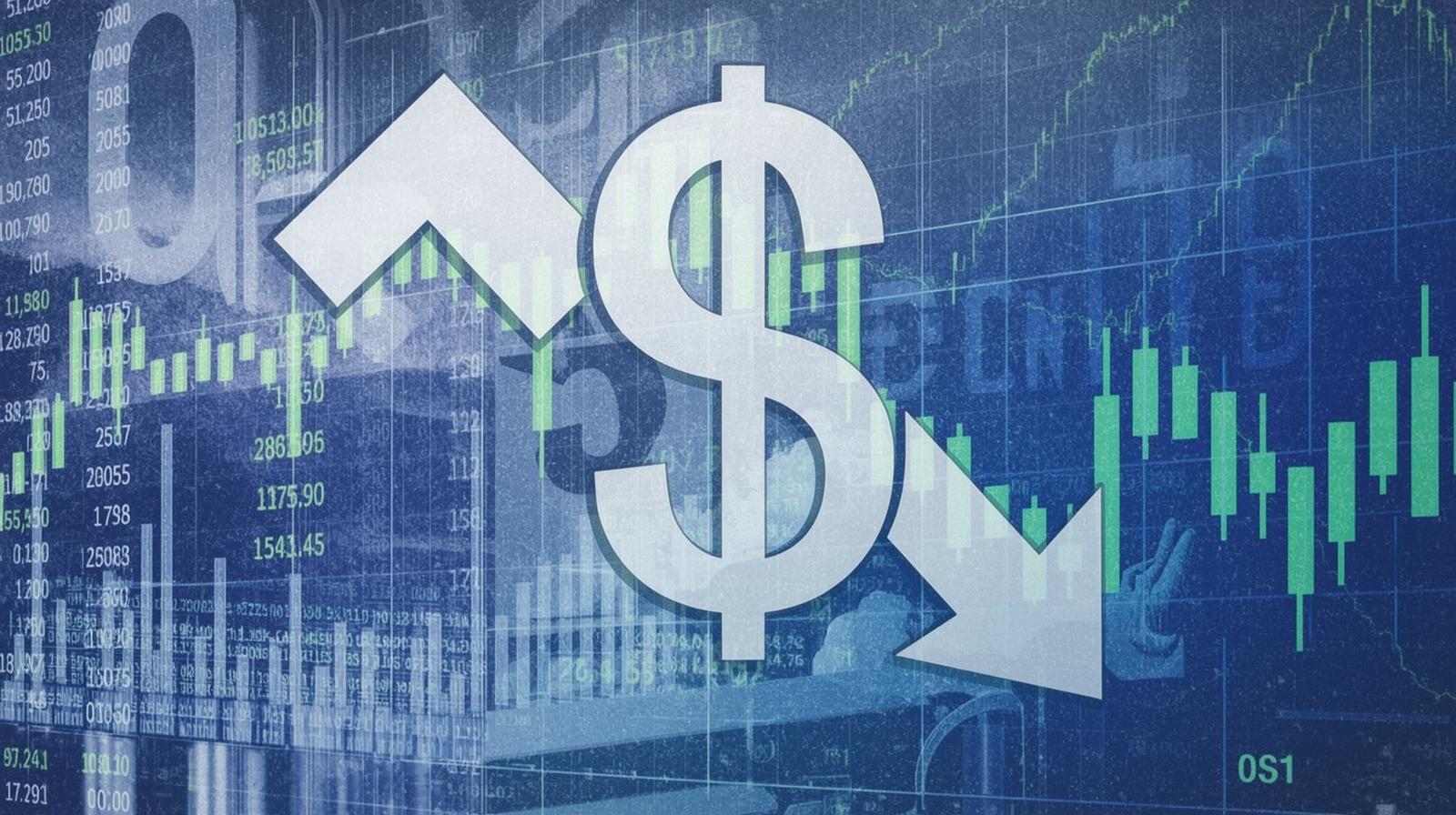As of 2025, one of the most closely watched issues in the global financial market is the U.S. Federal Reserve’s interest rate cut policy. The United States is the world’s largest economy and the issuer of the global reserve currency, the U.S. dollar. This means that any rate adjustment does not remain confined to the domestic U.S. economy but instead has far-reaching consequences for global equities, foreign exchange, bonds, and cryptocurrency markets.
In this article, we will explore why interest rate cuts matter, how they influence the economy and financial markets, and what the outlook and investment strategies may look like going forward.
👉 Reference: U.S. Federal Reserve
1. Basic Effects of Interest Rate Cuts
Interest rates are often referred to as the “price of money.” When the central bank lowers rates, it sends a signal to stimulate borrowing, spending, and investment. Corporations can finance R&D and capital expansion at lower costs, while households see reduced loan burdens, freeing up capacity for consumption.
At the same time, saving becomes less attractive, driving funds toward higher-yielding opportunities in the financial markets. In general, lower rates follow this pattern:
Economic stimulus → Increased consumption and investment → Asset market activation.
However, risks exist. Excess liquidity can fuel inflationary pressures and even lead to asset bubbles. Thus, the timing and context of a rate cut are critical.
2. Impact on the Stock Market
The stock market typically reacts first and most strongly to rate decisions. Lower rates reduce corporate borrowing costs, boost investment capacity, and raise expectations for earnings improvement. Liquidity tends to flow out of bonds and into equities, increasing stock market demand.
- Growth stocks (tech, innovative companies) benefit most, as lower discount rates increase the present value of future earnings.
- Dividend stocks also remain attractive, offering steady returns in a low-rate environment.
Still, not all reactions are positive. If rate cuts are implemented in response to economic slowdown, investor sentiment may become cautious, reflecting concerns about an impending recession.
3. Impact on the Foreign Exchange Market
A U.S. rate cut often leads to dollar weakness. Higher rates make dollar assets more attractive, while lower rates reduce demand and encourage capital outflows.
- A weaker dollar strengthens other currencies such as the euro, yen, and Korean won.
- For Korea, a stronger won can attract foreign capital inflows and support equity markets.
During the 2020 pandemic, when the Fed announced zero interest rates, the won appreciated against the dollar as foreign investors increased exposure to Korean equities.
However, excessive dollar weakness can destabilize global capital flows and raise volatility in emerging-market currencies. Some countries may face reduced export competitiveness or heightened debt repayment burdens.
4. Impact on Cryptocurrency
Interest rate cuts traditionally strengthen risk appetite. With safe assets like bonds yielding less, investors look for higher returns in equities and cryptocurrencies.
- Bitcoin, often called “digital gold,” tends to rise when dollar weakness and inflation expectations align.
- A lower-rate environment enhances liquidity, which can fuel speculative demand across the crypto market.
For instance, after the Fed’s massive easing in 2020, Bitcoin surged to an all-time high above $60,000 in 2021. Although the market later corrected, this episode illustrates how monetary easing can act as fuel for crypto assets.
5. Real Economy: Balancing Consumption, Investment, and Inflation
Rate cuts extend beyond financial markets to the real economy.
- Households: Mortgage, student loan, and credit loan costs decline, expanding consumption capacity.
- Corporations: Lower financing costs encourage investment and expansion.
The challenge is inflation. If rate cuts stimulate demand while supply-side pressures remain, central banks risk falling into a “growth vs. inflation dilemma.” A historical example is the U.S. in the 1970s, when aggressive monetary easing contributed to stagflation — high inflation coupled with economic stagnation.
6. Outlook and Investment Strategies
Going forward, the Fed is more likely to pursue gradual, data-driven cuts rather than aggressive moves. Inflation remains near the 2% target but unstable, and growth is uneven.
Suggested investment strategies include:
- Equities: Focus on growth sectors such as tech and consumer stocks. Defensive sectors (healthcare, consumer staples) may be prudent if slowdown risks rise.
- Forex: Dollar weakness creates opportunities in strong currencies (won, yen, euro).
- Crypto: Bitcoin and Ethereum could benefit, though volatility demands prudent position sizing.
- Bonds: Rate declines support bond price appreciation, offering stability for conservative investors.
- Risk Management: If cuts signal economic distress rather than strength, diversify to hedge against recession risks.
Conclusion
The U.S. interest rate cut is not a simple domestic policy decision but a global event with cascading effects across economies and asset classes. While equity, forex, and crypto markets may welcome increased liquidity, risks of slowdown and inflation persist.
For investors, the key is to balance optimism with caution — understanding not just the opportunities but also the risks hidden beneath monetary easing. By keeping an eye on Fed policy, global growth trends, and cross-asset interactions, one can craft a resilient portfolio strategy in uncertain times.
Learn the basics of investing: [Why Invest in U.S. Stocks?]
Understand long-term market history: [The History of the U.S. Stock Market]

